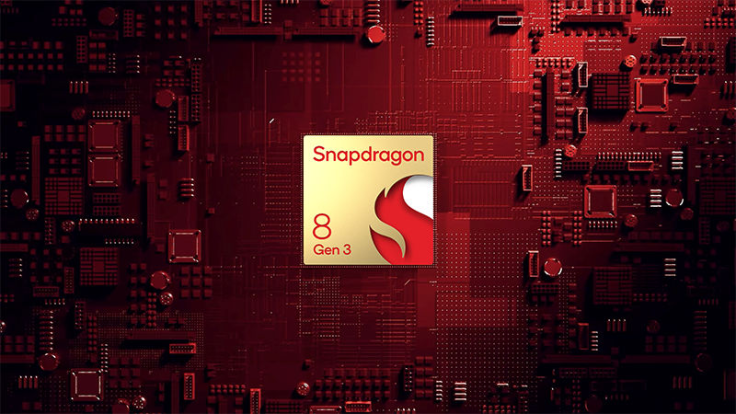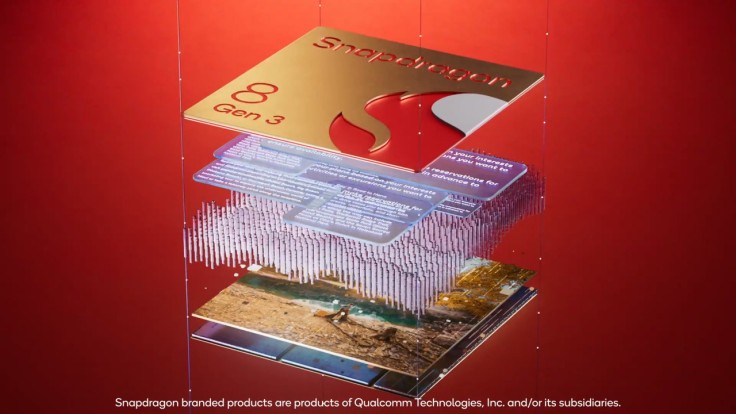Within gaming communities, Qualcomm's Snapdragon series is often mentioned as the go-to system suite for smooth uninterrupted gameplay.

And it shows, that Snapdragon has continuously proven to be the top of its line on mobile devices for both gaming phones and laptops.
With the release of the Snapdragon 8 Series, there is no better time to see how Qualcomm's innovative project has improved since.
Overview and Features: Hardware and System Performance
As Qualcomm's tagline says, the Snapdragon 8 Series "is synonymous with premium Android smartphones" with its top-of-the-line components ensuring to provide the best gaming experience.
The mobile platforms are all equipped with Kryo processing units, Qualcomm's AI-powered answer to Razer Cortex, and Adreno graphics processors.

Combined together, the processors are able to deliver "high-performance" output without sacrificing the battery's integrity.
Along with its great gaming potential, Gens 1 to 3 of the 8 Series also have camera image signal processors of up to 18 bits. This allows the phone's camera to optimize both the color and quality of the image simultaneously.
Video recordings are enhanced as well with Quad Computational HDR Video Capture image sensors in addition to the already optimized frame capture.
Most notable is the Snapdragon 8 Gen 2 with modern AI applications integrated to deliver "accelerated performance, unparalleled connectivity, champion-level gameplay, ingenious capture, and more."
This can be seen in the three APIs employed to make the Gen 2 work: Vulkan 1.3, OpenGL ES 3.2, and OpenCL 2.0 FP. The combined power of the three makes even playing at 120 fps on mobile seemingly easy.
Snapdragon 8 Gen 2 is notably available on Motorola Edge+, Oppo OnePlus 11, Samsung Galaxy S23, Xiaomi 13, Nubia Z50, Asus Zenfone 10, Sony Xperia 1 V, and Red Magic 8.
Comparison: Performance and Effectivity
It is a big mistake to consider the Snapdragon 8 Series only as a slight improvement from its predecessor.
The 8 Series easily beats out the 7 Series in CPU, graphics, and gaming performance.

First to note is that the 8 Series performs 2.5 times better than the 7 Series in floating-point computations and has a higher CPU clocking speed to process all information at once.
It also supports a bigger memory bandwidth and multi-core optimization, allowing the system suite to perform at its best all the time.
The 8 Series can even support high-performing games such as Genshin Impact at 40 FPS. That is more than other mobile smartphones can handle the extremely demanding game on such a small size.
However, what makes the 8 Series above and beyond those that came before it is the 3D graphics performance, being able to outperform the 7 Series 217% higher.
Issues: Heating Problems and Fast Battery Life
If you intend to use 8 Series-integrated mobile devices solely for gaming, then this is a fair warning before you spend all your cash and games on it.
Regardless of mobile phone, overheating and battery life is the main weakness of the system unit when playing demanding games on it. Most notorious is the 8 Series Gen 1 on Xiaomi 12.
It will noticeably heat up and drain fast within minutes of gaming, especially if you turn the phone's game optimization options on.
Although it is normal for these phones to heat up a bit since they also have quality coolers, it is recommended to play phones with 8 Series processors to do it in cool areas and do not block any holes the heat can vent out.
Playing while charging is also not encouraged as most of the phones also have fast charging features, another factor that heats up the devices fast.
The best thing to do is let the phone cool down a bit before resuming anything you do. Don't worry it usually takes less than five minutes usually.
Related Article : Xiaomi's Cheaper Phones Specs, Renders Leaked Ahead of Launch









